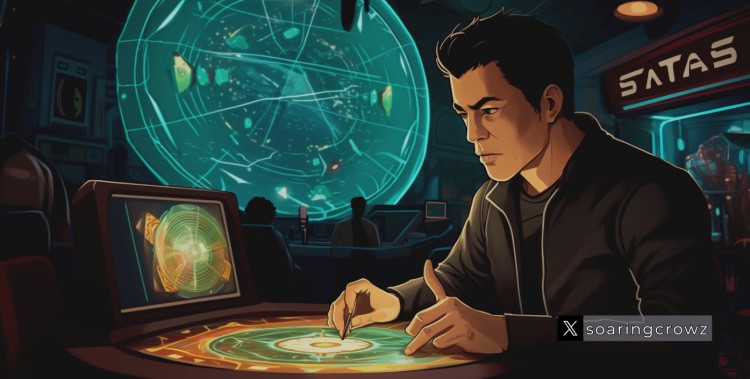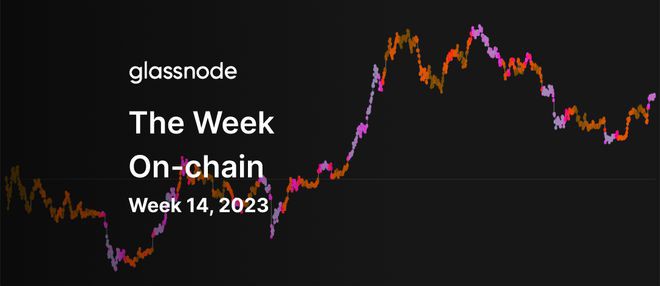DataSource: Footprint Analytics Stablecoins After the UST Event Dashboard
The once-promising stablecoin UST suffered a massive drop on May 9th, causing shockwaves throughout the stablecoin market. People believed that UST had finally found a way to stabilize its algorithm, but it quickly dropped to near-zero.
The reason for UST's failure was primarily due to sudden, large-scale selling in the market, causing Luna to be over-minted. Luna quickly inflated and devalued, unable to re-peg UST to 1 USD. UST and Luna were designed to rely on each other, but they ended up dragging each other down.
UST's market cap had surpassed BUSD to become the third-largest stablecoin after USDT and USDC and the largest algorithmic stablecoin. However, the collapse happened in an instant. The stability of stablecoins is essential, and a crisis of trust is the killer of any project.
However, crises often bring opportunities, and the stablecoin market's landscape will change.
The Fiat Stablecoin Market
USDT and USDC dominate the fiat stablecoin market, accounting for nearly 80% of its total market cap. Although pledging fiat currency is against decentralization, it meets the strong demand for stablecoins as a hedge in the high-risk cryptocurrency world.
USDT has been plagued with negative news before this crisis, such as opacity and multiple lies leading to penalties imposed by US regulatory agencies. UST's issues reminded people of USDT's negative news, causing USDT's market cap to drop by more than $10 billion and down to $72.5 billion as of June 5th.
The USDT user exodus was reflected in Curve's 3pool. According to Footprint Analytics, USDT was mostly kept at a 20%-30% proportion in the pool before the UST event. Afterward, the USDT proportion skyrocketed, reaching as high as 83%. This shows that users are dumping USDT for DAI and USDC, concerned about its safety.
USDT's price has mostly been slightly above $1 but dropped to its lowest point in three months due to this event. However, Tether's CTO Paolo Ardoino announced that they had withdrawn $7 billion from their stablecoin to re-peg it to the USD. If necessary, they can also continue to do so.
This move has partially restored users' confidence, and the percentage of USDT in the Curve 3Pool has slightly decreased to 61% as of June 5th. Although USDT's market cap has declined, the overall proportion has hardly changed and is still around 46%. Where did the lost UST proportion go?
According to Footprint Analytics, USDC is the biggest beneficiary of this event. Its market cap has increased from $48.3 billion to $54.1 billion, and its market share has risen from 27% to 34%. The historically second-ranked USDC has welcomed opportunities.
The Over-Collateralized Stablecoin Market
The over-collateralized stablecoins, DAI, and MIM, have also been affected by this event, with their market caps dropping by $2 billion. MIM's market cap has dropped to nearly the same level as LUSD. However, this downward trend began on May 6th, before UST's collapse.
Since DAI is mostly collateralized by BTC and ETH, and MIM is collateralized by interest-earning assets, when most cryptocurrencies' prices drop rapidly, stablecoins generated from collateralized assets will also be affected.
The price of BTC, which affects cryptocurrency prices, has been dropping recently, which is also related to the US market. The Fed has taken measures to stop inflation by raising interest rates, causing the US stock market to drop. The Nasdaq 100 Index also shows a clear downward trend.
Footprint Analytics data shows that BTC's price was mostly unrelated to the Nasdaq 100 Index before July 2021. Since then, the correlation between the two has become stronger. The volatility of the entire cryptocurrency market is influenced by the US stock market. Some users entered the cryptocurrency market to hedge, but it seems that they have not achieved this goal.
UST's collapse undoubtedly dealt another blow to over-collateralized stablecoins. Terra founder Do Know's large purchase of BTC as collateral caused further downward pressure on the market and panic selling of BTC. Do Know's plan to rescue UST failed and caused BTC's price to hit its lowest point in nearly a year, further affecting the over-collateralized stablecoin's liquidation situation.
DAI's issuance comes from collateralized assets such as ETH and BTC, as well as from stablecoins such as USDC and USDP. Therefore, DAI has kept the impact within a limited range and has been on the rise recently. On the other hand, MIM has


【STASIS稳定币在Stellar网上可用】STASIS是首个由欧元支持的稳定币项目,近期宣布在概念区块链上推出其EURS稳定币。Stellar区块链高效、高效的支付处理能力而闻名,其去中心化协议连接全球个人、机构和支...


由于 Binance 本周牢牢地成为美国监管机构的目标,我们通过深入研究交易所的净代币流量来调查市场的反应。我们还评估了比特币的供应动态,以衡量持有人信心的动摇。数字资产市场本周继续在窄幅价格区间内盘整,短暂创下 2.9...


稳定币的战争正在暗地里升温,特别是在危机之后。首先,我们先来看看 Near 的 $USN 和 Huobi 的$HUSD 的崩溃。USN 作为一个算法稳定币在 7 个月前刚刚推出。但在 UST 崩盘后,USN v2 版本就...


自 9 月 6 日币安宣布将 USDC、USDP 和 TUSD 自动转换为 BUSD 以来,BUSD 在整个稳定币市场的份额已从 10.01% 上升到 15.48%。FTX 首席执行官 Sam Bankman-Fried...